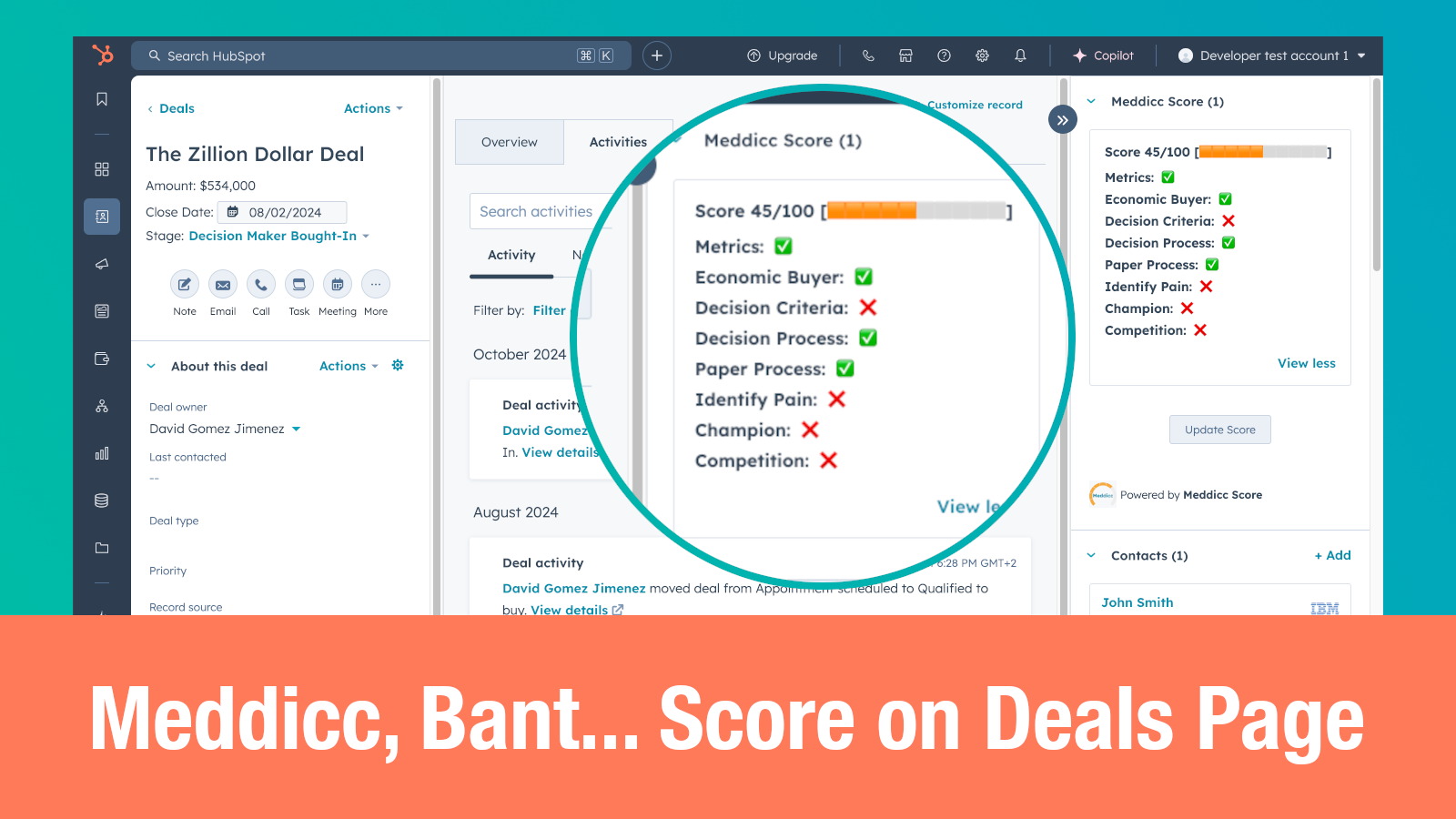Crafting the Perfect Sales Pitch: A Comprehensive Guide
Creating an effective sales pitch is an art that can significantly impact your success in closing deals and converting leads into customers. Whether you’re a seasoned sales professional or just starting out, understanding how to tailor your approach to different audiences is key. This comprehensive guide will help you master the art of crafting pitches that resonate with potential customers.
Understanding the Basics of a Sales Pitch
A sales pitch is essentially a persuasive presentation designed to convince a potential client to make a purchase or engage your services. Different scenarios may necessitate different styles of pitches, but the core components remain consistent. Here we outline the fundamental aspects of a sales pitch:
1. Understanding Your Audience
Before crafting pitches, the first step is to develop a deep understanding of your target audience. Knowing their pain points, interests, and needs will help you personalize your message and offer real solutions.
2. Structuring Your Pitch
A well-structured pitch is essential for maximizing impact. A typical sales pitch might include the following elements:
- Hook: Capture attention right away. This could be a striking statistic, a question, or a bold statement.
- Problem Statement: Lay out the problem your audience faces. Make this relatable to establish a connection.
- Solution: Present your product or service as the ideal solution. Highlight its unique value and benefits.
- Call to Action: Encourage your audience to take the next step, whether it’s setting up a meeting, making a purchase, or signing up for a trial.
3. Practicing Delivery
Crafting pitches is one thing, but delivering them effectively is another. Practice your pitch multiple times to ensure it flows naturally and feels authentic. Pay attention to your tone, body language, and pacing. A confident delivery can enhance your message and compel your audience to take action.
Advanced Techniques for Crafting Effective Sales Pitches
To further elevate your sales strategy, consider incorporating these advanced techniques into your approach:
1. Storytelling
People connect with stories. Use storytelling techniques to make your pitch more engaging. Share customer testimonials or case studies that illustrate how your product has effectively solved problems.
2. Personalization
Personalization goes beyond just knowing your audience’s demographics. Referencing specific details about your prospect or their business can make your pitch feel tailor-made for them.
3. Addressing Objections
Anticipate potential objections and address them directly within your pitch. This not only demonstrates your expertise but also helps to build trust.
The Power of Follow-Up in Your Sales Guide
Your sales pitch doesn’t end with the presentation. Follow-ups are crucial in reinforcing your value proposition and addressing any remaining concerns your prospect may have. Techniques for effective follow-ups include:
- Sending a Recap Email: Summarize the main points and benefits discussed during your pitch.
- Providing Additional Resources: Share case studies, samples, or product demos that can help further convince your prospect.
- Scheduling Check-Ins: Set up a timeline for follow-up conversations to keep the lines of communication open.
Conclusion: Mastering the Art of Crafting Pitches
Crafting the perfect sales pitch is a skill that improves with practice and experience. By understanding your audience, structuring your pitch effectively, and employing advanced techniques, you can significantly increase your chances of success. Remember, the goal of a sales guide is not just to sell but to build relationships and trust with your customers. Keep refining your pitches, and you will undoubtedly see the results in your sales performance.
Feel free to share your thoughts and experiences with crafting sales pitches in the comments below or reach out for further insights! Happy selling!




